Bigger is better: Opportunities for agritech in the US market
California’s fruit and veg sector, renowned as the ‘salad bowl of the world’, offers agritech startups a sweet landing spot into the US market, with robotics and automation technology adopted at scale.
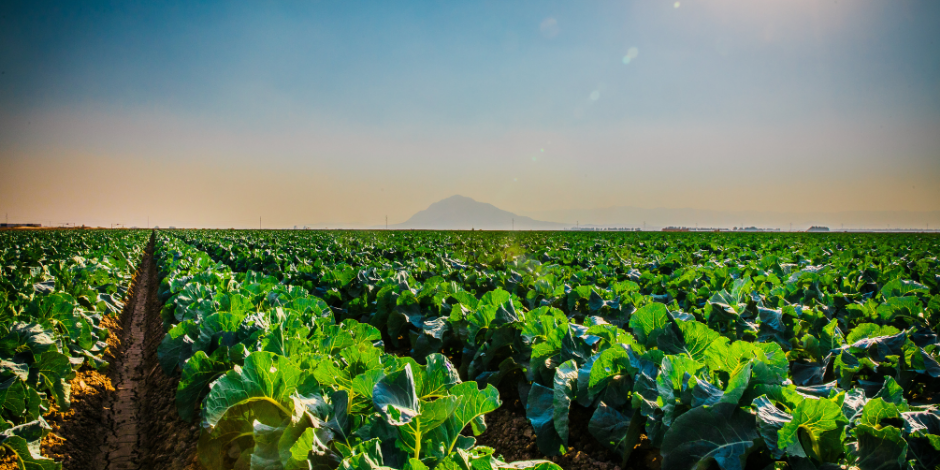
Salad crops are big business in America.
Particularly California, where more than a third of the country’s fresh vegetables and two thirds of its fruit and nuts are grown.
“One of the things that makes Californian agriculture unique is the size and scale of our operation. It’s the fresh nerve centre of the planet,” said Director of the Western Growers Center for Innovation and Technology (WGCIT) Dennis Donohue, an industry expert with over three decades of experience in the specialty crop sector.
California’s agricultural sector is quickly transforming into a global hub for agritech startups. It has been heavily influenced by innovation, with Silicon Valley on its doorstep and the growth of large-scale operations and new technologies setting trends for cropping practices.
It’s no coincidence the state is known as the “salad bowl of the world” with commodities like lettuce, strawberries, table grapes and almonds collectively worth almost US$30 billion in 2019.
Incubators carve a path for Australian agritech startups entering US market
Headquartered in Salinas Valley, the heart of California’s fertile growing region, the WGCIT has become an important facilitator of innovation, attracting startups, scaleups and global technology companies with solutions for the specialty crop sector.
It is also the innovation arm of the Western Growers Association (WGA), an industry lobbying and market access group representing 2,500 local and regional growers in California, Arizona, Colorado and New Mexico. Collectively, WGA members produce over half the nation’s fresh fruits, vegetables, tree nuts and organic produce.
Dennis said the Center gives startup residents exposure to farmers, investors, ag-focused incubators, research providers, universities, grower trial networks and scalable technology testing sites.
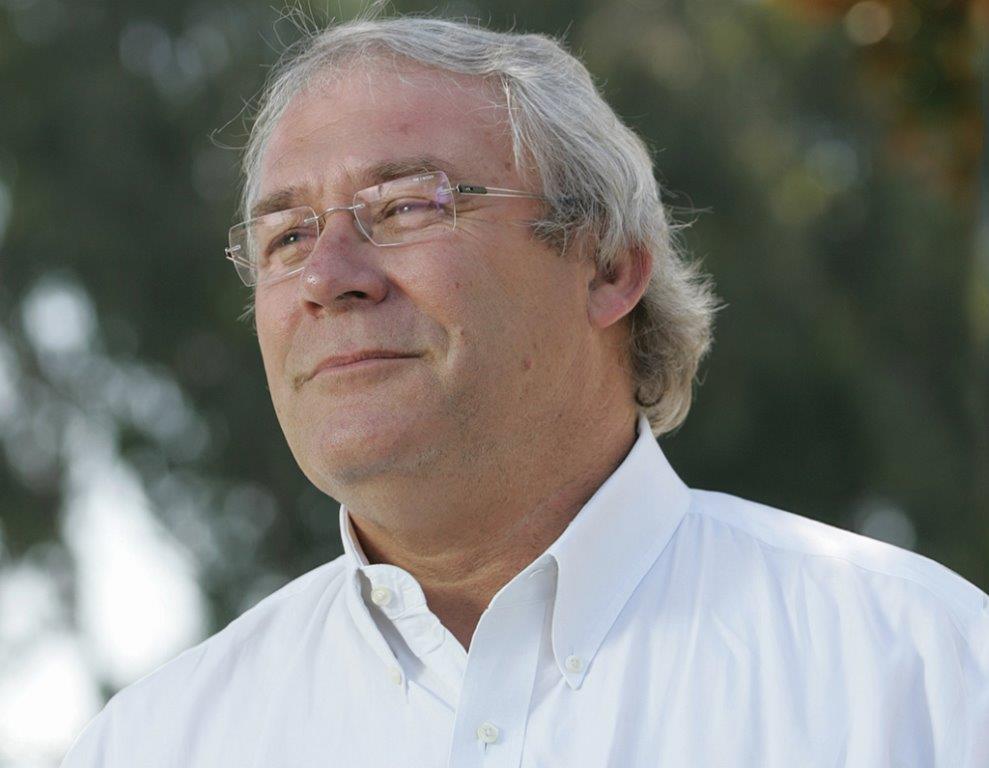
Dennis Donohue, Director of the Western Growers Center for Innovation and Technology (WGCIT).
RELATED: Online mentoring program to nurture the next wave of agrifood tech leaders
“In building a network that is based on growers’ interests and knowledge, we help agtech startups bring their product from development to market at a faster pace,” said Dennis.
“Agtech is a global game. Our job is to find solutions for our members and help residents succeed. If they exist in Australia, we want to be that landing spot to create access to our network.”
Austrade’s Landing Pad in San Francisco also offers a customised network and support programs for Australian scaleups eyeing a piece of the American pie. Recent bootcamps focused on go-to-market strategies and capital raising in the US-market, have been valuable for Australian startups, like SWAN Systems.
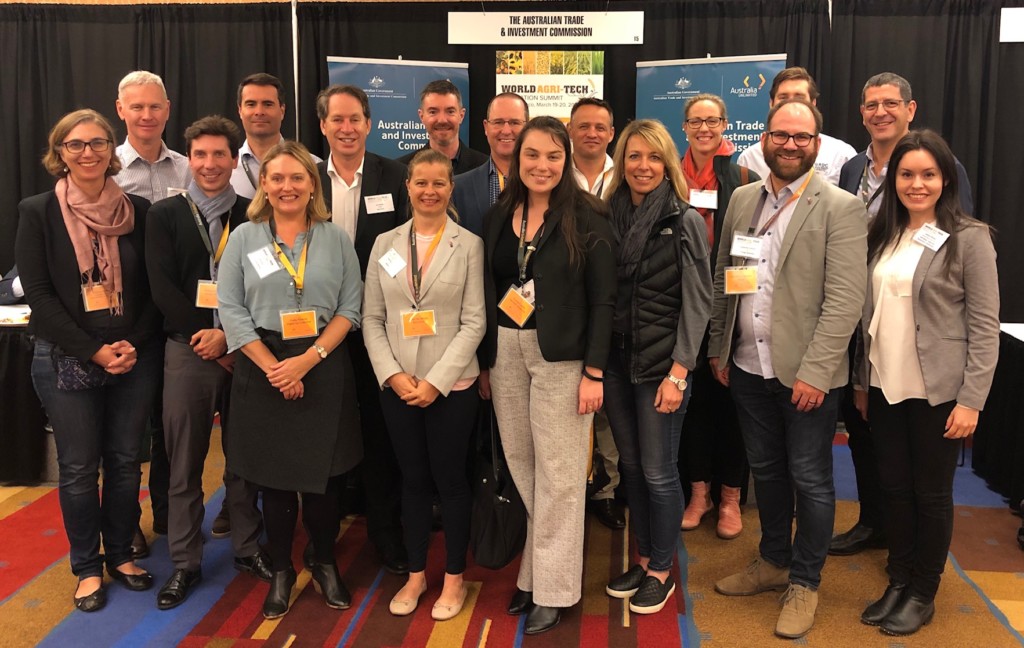
Australian AgTech entrepreneur and ecosystem leaders connected with the Western Growers Center and Salenas producers first hand in March 2019 as part of the Austrade Australian AgTech mission to the USA. Delegates pictured at the WorldAgriTech Innovation Summit (San Francisco) included (L-R) Arianna Sippel, John Harvey, Phil Herve, Fernando Felquer, Kelly Pearce, Ian Reilly, Sofie DeMeyer, Jason Stone, Robertson Brooks, Emma Lucia, Luke Wood, Cassandra Keener, Fiona Kerslake, Cameron Leeson, Liam Ryan, Craig Shapiro, Joanna Olivera. Not pictured: Andrew Coppin, Warren Lee, Anastasia Volkova.
Austrade’s in-market agribusiness and food specialists produced the ‘US Agtech Clusters: Advancing Agribusiness and Food processing’ report to help identify opportunities.
Austrade identifies California as a major agribusiness hot spot for Australian agritech, pointing to their increasing need for new automation technologies and the size of investment opportunities in recent years. The state attracted over US$2.2 billion in global agritech investment in 2017, or 48% of all agritech funding in the US.
RELATED: How international trade agencies help businesses go global
Advice for startups entering the US agritech market
Dennis’s top tips for entering the market are clear-cut. Leverage your strengths, understand your customer and plan to establish a localised presence. He believes relationships are still important for startups to build trust and reliability in the game.
“If you’re coming in from another country you have to be thoughtful about the nature of your offering,” he said.
“Do your homework and understand what your competitive advantage is. And bring testimonies – growers listen to other growers.
“People are shifting to agtech, now we’ve got to get some results. And I think we help facilitate that. Our job is to help people cross the finish line.”
RELATED: How agtech can help remedy horticulture’s labour challenge
Opportunities in robotics, automation adopted by US grower network
The Western Growers Center currently houses 60 resident innovators all working on innovative solutions to meet grower challenges.
Robotics features heavily. French startup Naio Technologies debuted in the US in 2019 with automated machines for vegetable and vine crops, progressing from weeding and hoeing to harvesting, after leveraging the WGA network to work with Californian growers in trialing its robot.
US startup Bear Flag Robotics created its autonomous technology for large scale tillage.
While ‘the burro’, a collaborative robot by Augean Robotics uses precision GPS and artificial intelligence to navigate autonomously between vines for more efficient table grape picking.
US startup AgVoice has seen success too with its voice-to-data, workflow management service aimed at farmers transitioning away from manual bookkeeping.
And a major win came to the founders of Farmwise. Their autonomous vegetable weeder uses computer vision and machine learning for precision weeding. It evolved from a prototype trialled through the WGA network and was recently named one of Time magazine’s best inventions of 2020.
Automation in the field is a transition to a new kind of labour force, said Dennis.
“We are looking to make sure crops can get harvested as a combination of aging workforce, immigration issues, costs and competition for labour all add up to the need to expedite this transition. It really is much more a food security issue in many respects.’’
RELATED: Human-like robotics to save time and food waste
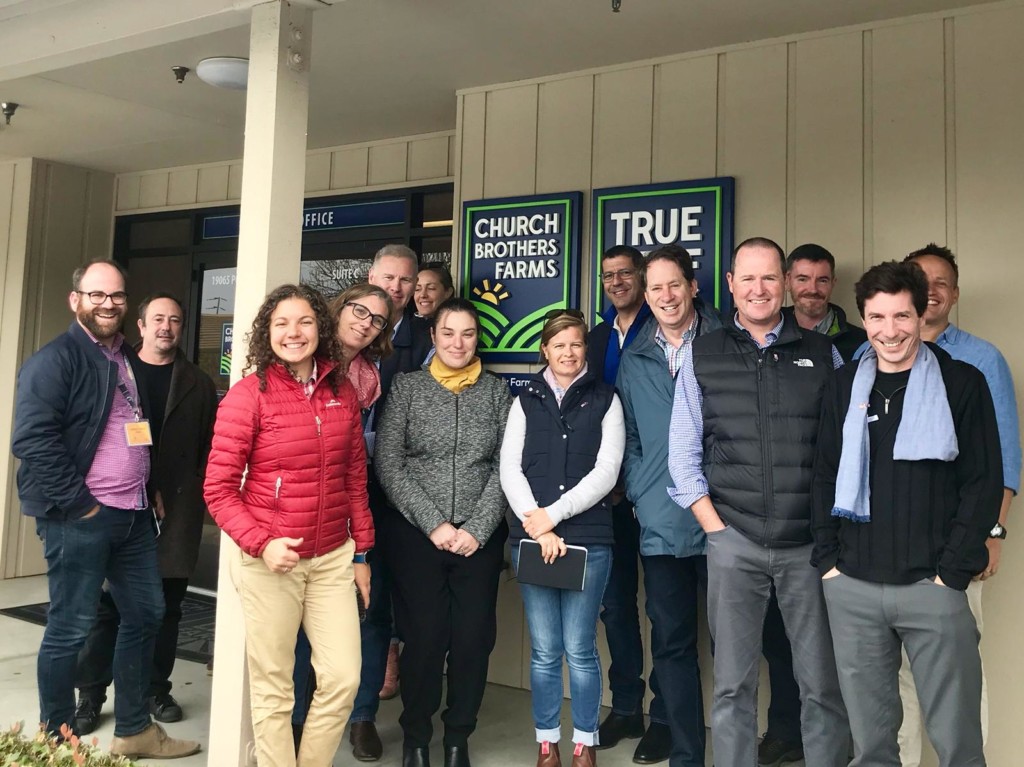
Austrade Australian AgTech delegation to the USA March 2019 at Church Brothers Farms, included in photo Cameron Leeson, Warren Lee, Anastasia Volkova, Arianna Sippel, John Harvey, Fiona Kerslake, Emma Lucia, Sofie DeMeyer, Ian Reilly, Robertson Brooks, Jason Stone, Phil Herve, Luke Wood. Church Brothers, like other Western Growers members visited, identified access to labour as an ongoing challenge and were actively investing in robotics solutions.
Man vs. robot – US labour shortage accelerates need for scalable automation technologies
Dennis said, aside from dwindling water supplies and assuring food safety, labour shortages are the most immediate challenge for specialty crop growers, only heightened as COVID-19 and political disruptions have affected immigration.
Technology is already responding to these challenges in areas like crop thinning, weeding, irrigation and cultivation.
However greater innovation in harvest automation, and an industry-wide collaborative approach to accelerate these technologies, are needed explained Dennis.
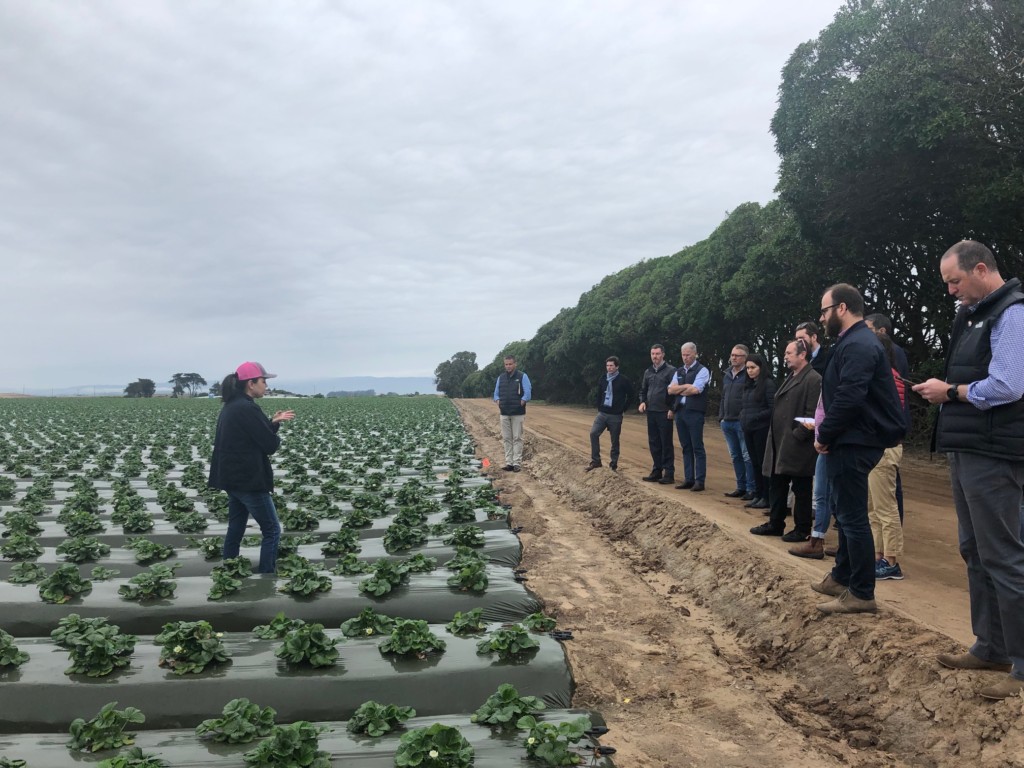
Strawberry farm manager in Salenas California sharing challenges and opportunities with the Austrade Australian AgTech delegation, March 2019. Delegation members pictured include (L-R) Luke Wood, Phil Herve, Jason Stone, John Harvey, Andrew Coppin, Joanna Olivera, Liam Ryan, Warren Lee, Cameron Leeson, Robertson Brooks.
“Field fresh harvest is not going fast enough – in terms of cost, data integration and sufficient technology. After a decade, and millions of dollars, the bottom line is nobody can point to success,” said Dennis.
He admits large-scale automation won’t entirely replace the role of manual labour in harvesting, but it will overcome shortages, reduce costs, produce better yields and reduce human risk.
To enquire about becoming a resident at the Western Growers Center for Innovation and Technology (WGCIT) contact Director Dennis Donohue: [email protected]. Learn more about Austrade’s San Francisco Landing Pad or contact Director of market entry services David Brown: [email protected].
Enjoyed this story? Want to learn more about the Asia Pacific region’s innovative agrifood tech ecosystem? Sign up for our newsletter here and receive fresh stories about global leaders, farmers, startups and innovators driving collaborative change.
